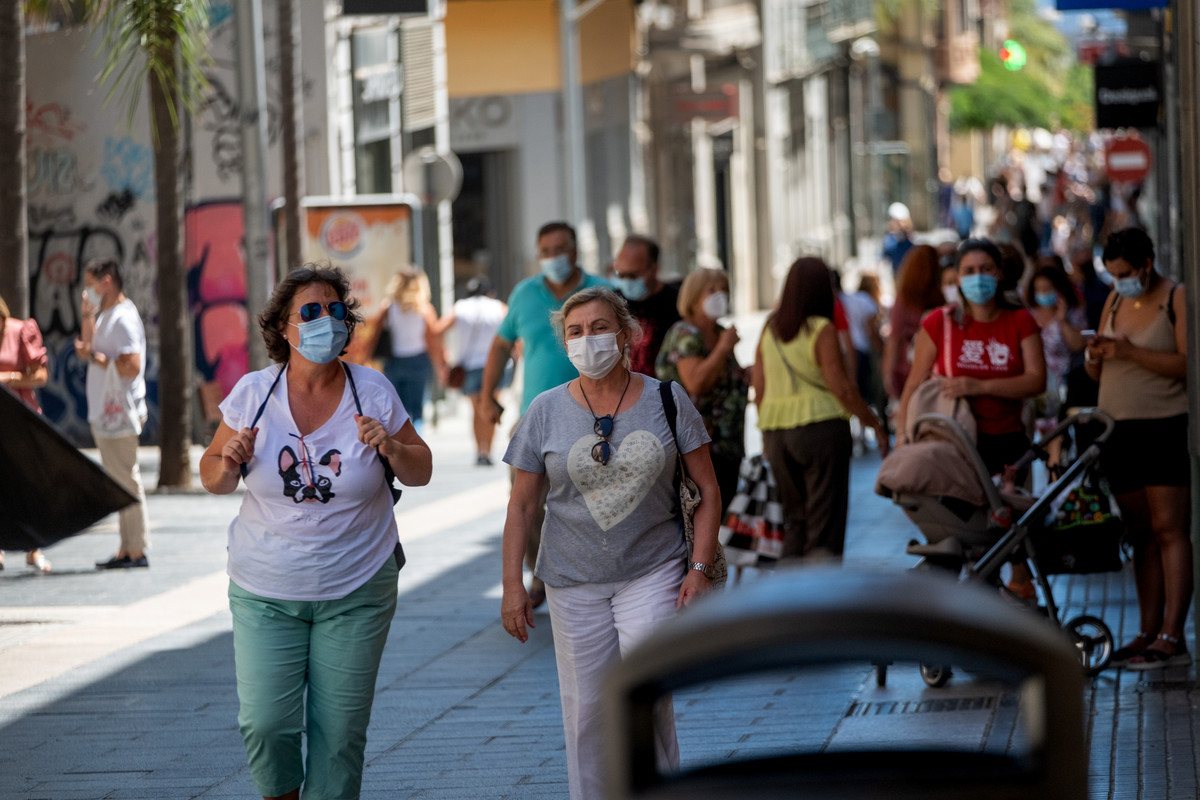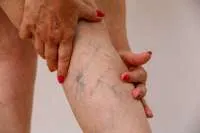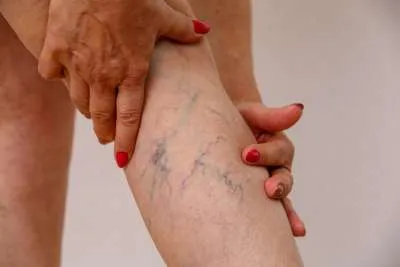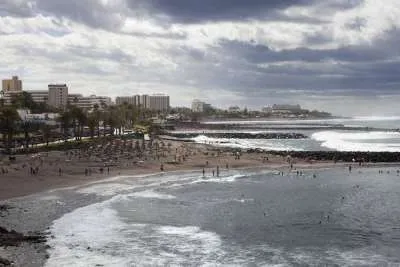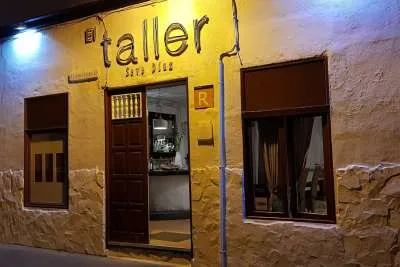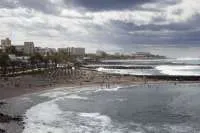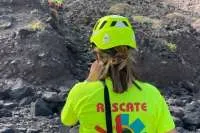Downward trend of the pandemic has stopped since the state of alarm finished
- 12-06-2021
- Health
- Canarian Weekly
The impact of vaccination has reduced the incidence rates for Covid-19 throughout Spain, including the Canary Islands. However, the decline in infections has slowed do far in June and the downward curve has flattened with a slight upward trend, particularly in Tenerife.
This slowdown occurred 15 days after the relaxation of the rules applied after the lifting of the state of alarm and the abolition of the curfew. "There are still cases for a very simple reason: we are still in a pandemic and we are not doing enough to prevent new cases from appearing," summarizes the epidemiologist and president of the Spanish Association of Vaccination, Amós García, who asks the population to not lower your guard despite the relaxation of restrictions.
With 25% of the population now fully vaccinated and with almost 50% of people over 16 years old with one dose, it is to be assumed that new cases will be reduced and that this will "prevent an increase in infections and a fourth wave", says Garcia who values the fact that currently, in the Canary Islands, the scale of the pandemic is low as an average acrossthearchipelago.
“What defines the situation of the pandemic are not the absolute cases, but the cumulative incidence rates, the number of ICU admissions and the percentage of positive PCR tests compared to the total number of tests performed. If these are evaluated, we see that we are in a reasonably good situation," says the head of the Epidemiology Section of the General Directorate of Public Health of the Canary Islands Government.
Yesterday, the contagion rate in the Canary Islands stood at 38.5 accumulated cases per 100,000 inhabitants at 7 days and at 72.2 over 14, the occupation of ICU beds by Covid patients was 4.4% and the rate of 3.5% PCR positivity.
A month ago, on May 11th, the IA7 and IA14 were 38.9 and 83.7 points, the ICUs were 14.4% occupied and the positivity rate was identical. In other words, the fall in infections, which reached its lowest point in early June, has stagnated, although the biggest difference is in healthcare pressure.
This time last month, in Canarian hospitals there were 69 people in the ICU due to the Covid and another 253 in wards. Yesterday (Friday), there were 26 in ICU and 179 in wards. "The clearest effect of vaccination is the decrease in mortality and in the number of patients with severe Covid," he said.
In fact, in May, deaths from Covid were cut almost in half, with 29 deaths compared to 55 in April. So far in June, 10 people have died from the coronavirus and its complications. The last of these fatalities, notified yesterday, was a 57-year-old woman in Tenerife who contracted the virus in a family outbreak. There are now 778 people who have lost their lives due to the pandemic on the islands. Tenerife is the island where the virus is most prevalent with 985 active cases.
The islands remain at a minimal or low risk level, except for Tenerife, Lanzarote and La Graciosa, which are at risk level 2 due to contagion (amber traffic light). In Gran Canaria, Fuerteventura, La Gomera, La Palma and El Hierro, as of yesterday, the hospitality businesses can stay open until 2am, and terraces of nightlife venues can reopen.
Other articles that may interest you...
Trending
Most Read Articles
1.
2.
Featured Videos
A Vision of Elvis Tenerife Promo
- 10-05-2025
TEAs 2025 Highlights
- 17-11-2025


